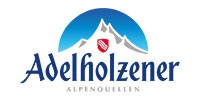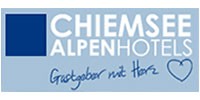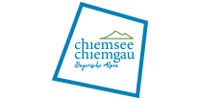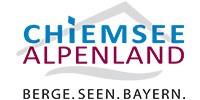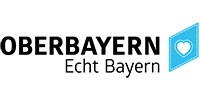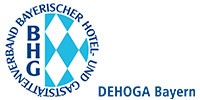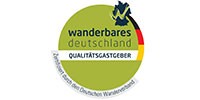Seebruck am Chiemsee
The seaside resort of Bedaium in the Roman period.
Our place was built from the Roman BEDAUM around 50 after the birth of Christ and served the Romans as a base on the Fernreiseroute from Salzburg to Augsburg..
Numerous archaeological finds from Seebruck and the surrounding area are now exhibited in the Roman Museum "Bedaium". Open from Tuesday to Saturday from 10 am to 12 noon and from 2 pm to 4 pm, Holiday from 2 pm to 4 pm.
Admission 2, - € "Spa card discount ", group tours on request possible, phone 08667/7503
Today, Seebruck is state-approved air-conditioning with approx. 1550 inhabitants and over 800 guest beds of all categories. The municipal marina with 500 water- Drying sites are one of the largest in Bavaria. The beach resort Seebruck with over 30,000 m² of shallow beach - ideal for children of all ages - guarantees a true water sports paradise.
Roman Museum Bedaium (starting point for the Archaeological Circular Path), a small worth seeing museum for prehistory and early history of the Chiemgau. The bridge bridge Seebruck looks back on a thousand-year settlement history. With the more than 500 exhibits, a historical arch, ranging from the prehistory, the Stone and Bronze Age, the time of the earlier Celts to the first Roman finds. There are testimonies from a half-year-old nor-Celtic village community and Roman beneficiary station, until the early history announces itself with the traces of a settlement of the first Bajuwaren.
Stations of the archaeological circuit:
Roman Darre in the open air
Roman norwegian cemetery Seebruck/Graben
Celtic settlement in Stöffling
Celtic hill in Truchtlaching
Early medieval Ringburg south Poing near Truchtlaching
Celtic dome tombs at Steinrab
Altbajuwar burial ground in Ischl
Early Bronze Age Hortfund in Heimhilgen
Roman road in Esbaum
Roman settlement Bedaium
Information on the individual stations of the circuit can be found in the Tourit-Information or in the Roman Museum "Bedaium". Church of St. Thomas, late Gothic building, end of the 15th century, the church was largely built of stones of the Roman fort, on the foundations of which it was built. Outside the church was part of the Roman castle wall exposed.
